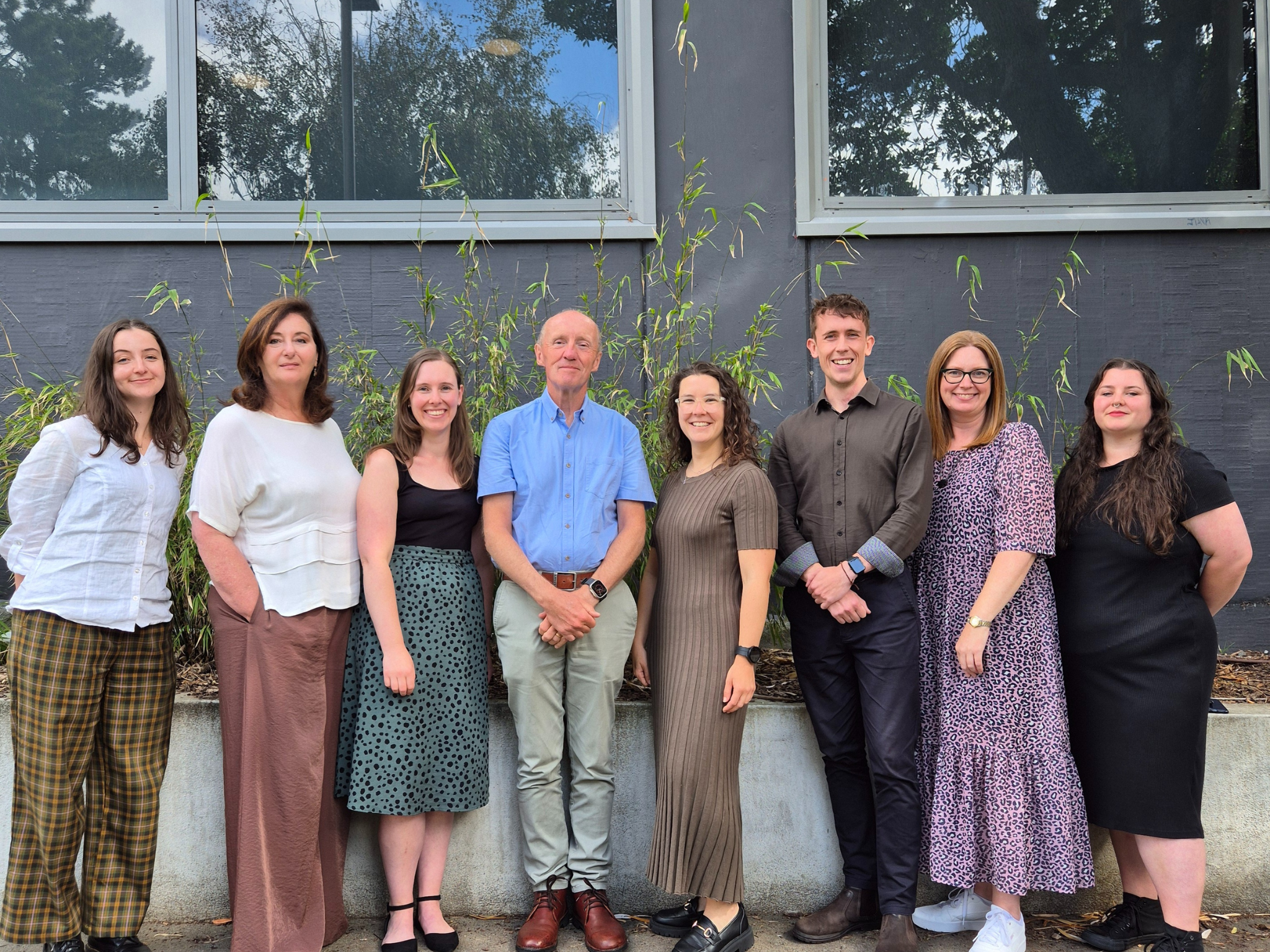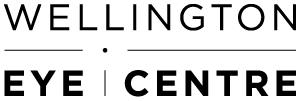
The aviation environment is visually complex and three-dimensional. This environment can include poor visibility, rapid changes in visual contrast (day and night), and the extensive use of colours. Think of all the colour coding used on maps, on instruments and at airports. The visual targets are small and moving. And there is a plethora of information provided in small print (manuals, labelling etc). It’s really evident that good visual performance is essential to flight safety. So naturally the Civil Aviation Authority has regulations around what vision qualifies.
What are the vision requirements set by the Civil Aviation Authority?
You have to be able to see, but how much vision do you need? You need normal colour vision – but what does the Civil Aviation Authority (CAA) define as normal? And your eyes need to be free of significant disease – but what is significant?
And since you are on the Wellington Eye Centre website, you’ll probably want to know if you can correct your vision with refractive surgery. Read on to find out the answer to these questions and more!
What vision is required for each class?
CAA class 1 (commercial pilot) and class 3 (air traffic controller) need to have ‘normal’ vision with both eyes open. That can be your vision with or without spectacle correction. Normal vision in this situation means 20/20 (to quote the popular vernacular). Each eye separately can be one line worse than normal vision.
Class 2 (private pilot) have a slightly less onerous requirement. This Class requires binocular corrected vision of one line worse than normal vision. That means, with both eyes open and wearing spectacles or contact lenses, you need to see at least one line worse than normal vision (20/20). Each eye separately can be two lines worse than normal vision.
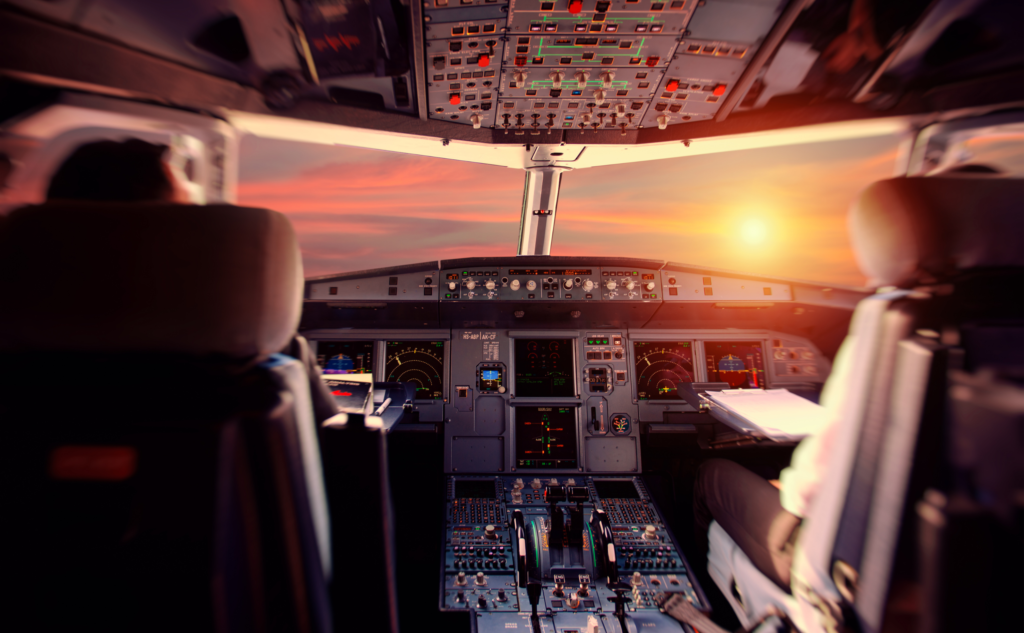
Can I use corrective lenses to correct my vision?
Your vision can be corrected with spectacles (you’ll need two pairs), contact lenses (but you’ll need to carry a backup pair of spectacles as well) or refractive surgery.
There are some rules around spectacles; if they are tinted, they should be of a neutral grey tint to avoid altered colour perception. Transition (photo-chromatic) lenses are discouraged due to the sluggish way they change colour. Polarised lenses are a no-no, as they can interfere with your ability to see some instrument panels.
Contact lenses are okay, provided you are well-adapted to them. Contact lens wearers will need to carry a backup pair of spectacles while you are flying.
Can I have PRK, LASIK or SMILE® laser eye surgery?
Yes! You can have laser eye surgery and still be OK to fly, but there are rules:
- Perhaps the most notable rule is that the CAA deems blended vision or monovision as “unacceptable”. This also applies to monovision contact lenses. So, if you are 45+ years of age and need vision correction for distance and near, blended vision refractive surgery is not a possibility. The reason, while not stipulated, will be because of the risk (albeit a small risk) of sudden vision loss in the distance eye;
- After the surgery, before you can fly again you must;
- Wait at least 6-weeks.
- This could be a minimum of 12 weeks, if your prescription before surgery was over 3 dioptres.
- Have no symptoms of glare.
- Not have any post-surgical corneal haze.
- Have regained normal contrast sensitivity.
- Demonstrate a stable level of vision that remains within the standards of the class sought.
- Ongoing surveillance is required with CAA special eye reports
- If your correction was under 3 dioptres – your vision needs to be rechecked 6 months, one year and 5 years post-surgery;
- But if your correction was greater than 3 dioptres – your vision needs to be rechecked 6 months, one year, two years and 5 years post-surgery.
What if I have poor colour vision?
The prompt and accurate recognition of colours is an integral part of safe aviation.
Colour deficiency or colour blindness affects about 8% of males and about 0.5% of females. The most common colour deficiency is red-green. This is when a person confuses the colour red with green, and vice versa. Confusing blue with purple is also common.
If you are applying for a class 1 or 3 certificate you need to pass the Ishihara colour vision test. If the applicant fails this test, then you need to pass a second colour vision test, the saturated Farnsworth D-15 test. Passing the saturated Farnsworth D-15 colour test means you have a moderate or mild colour deficiency, this is deemed acceptable for aviation needs. If you fail both colour vision tests, you have a severe colour deficiency which is deemed aero medically significant, and you would not qualify.
If you fail both colour vision tests, you can apply to the CAA for an Operational Colour Vision Assessment. This is a practical test, not available through your Optometrist. It checks to see how well you respond to colours and signage that you are likely to be presented with at an airport, or in flight.
For a class 2 applicant i.e., a private pilot and you have a severe colour vision defect you can still fly – but – only during daylight hours.
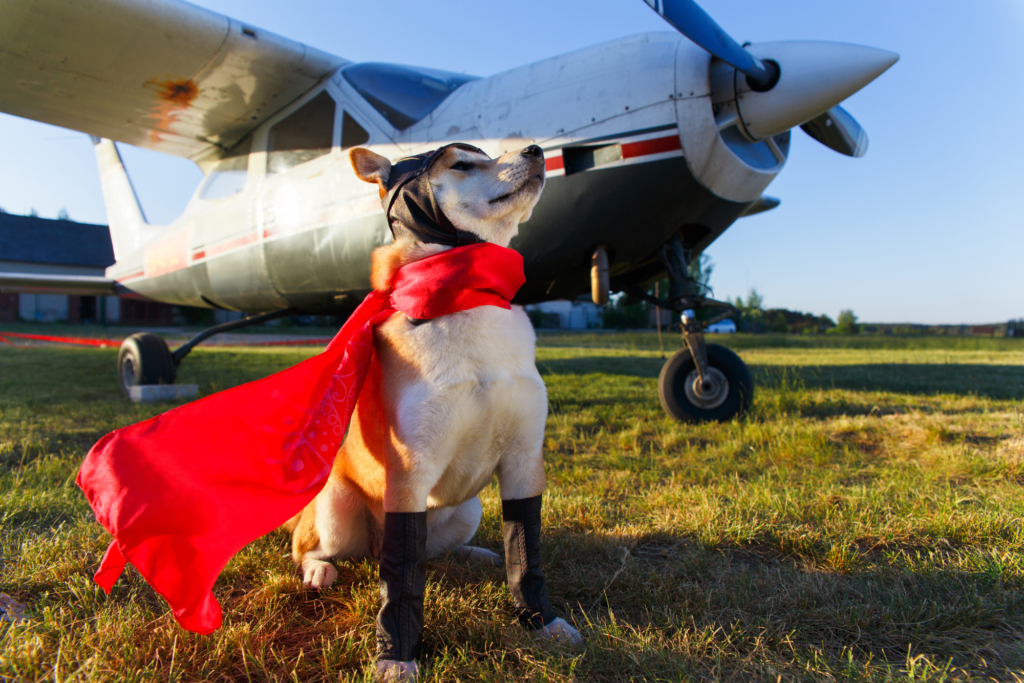
What eye diseases could make my eyesight unsuitable for flying?
Any disease that causes changes to your vision is an issue for air safety. Eye diseases like glaucoma, macula diseases, cataracts, optic nerve disease, and keratoconus. Systemic diseases like Diabetes are also closely monitored.
Does flying affect your eyesight and eye health?
Did you know 70% of space station astronauts experience swelling at the back of the eye (SANS)?
Weightlessness causes blood and cerebrospinal fluid to shift toward the head. This fluid shift is thought to cause swelling in the optic nerve. The swelling can also cause folds in the retina and a flattening of the back of the eye. These changes can cause blur and distortion to your eyesight.
Luckily, this does not affect aeroplane pilots!
If you are interested in having laser eye surgery then give us a call on 0800 733 327. Or fill out the book a free assessment and someone from our team will get back to you with more information. We’d love to hear from you!
SMILE®is a registered trademark of Carl Zeiss Meditec.
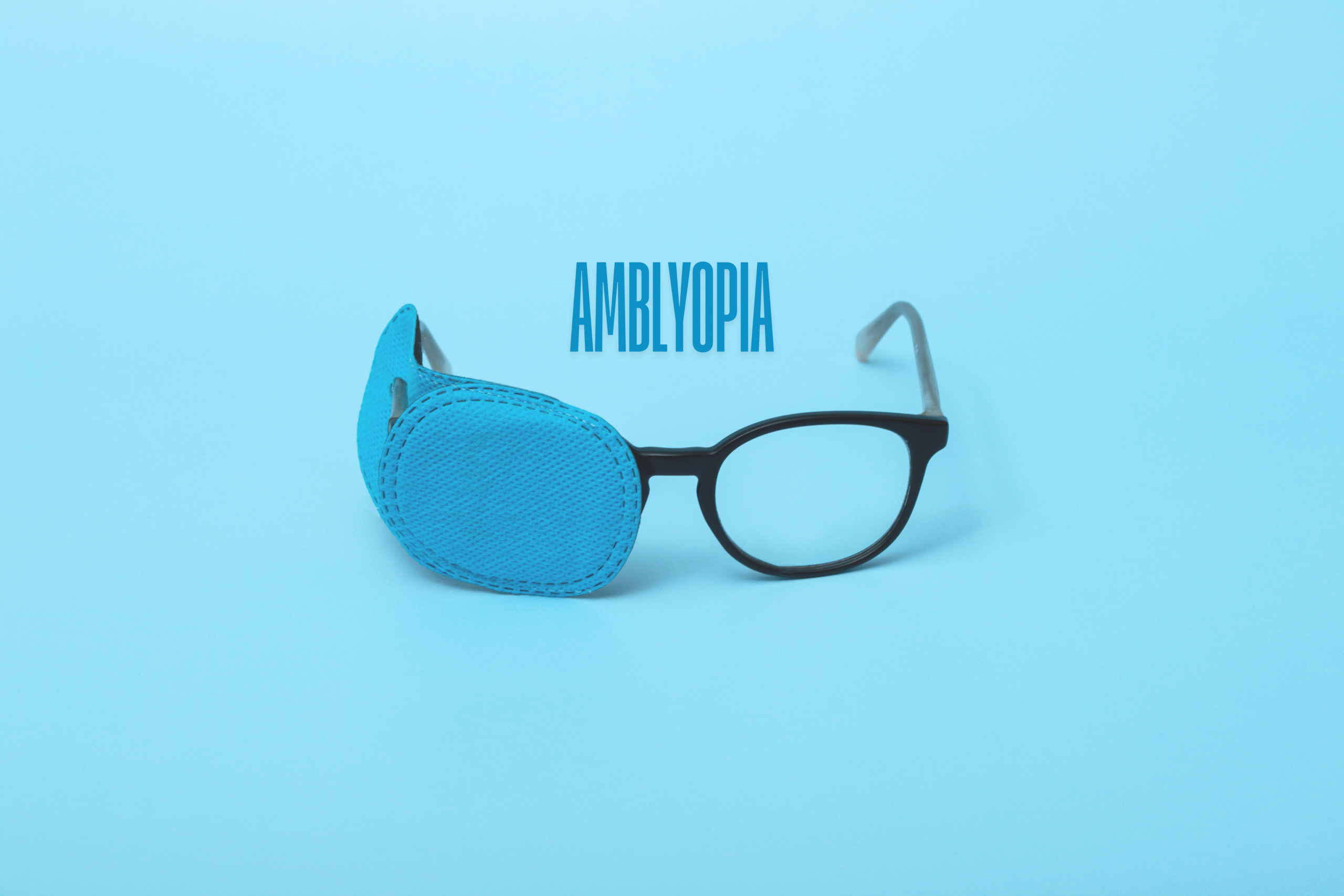
Amblyopia and Laser Eye Surgery
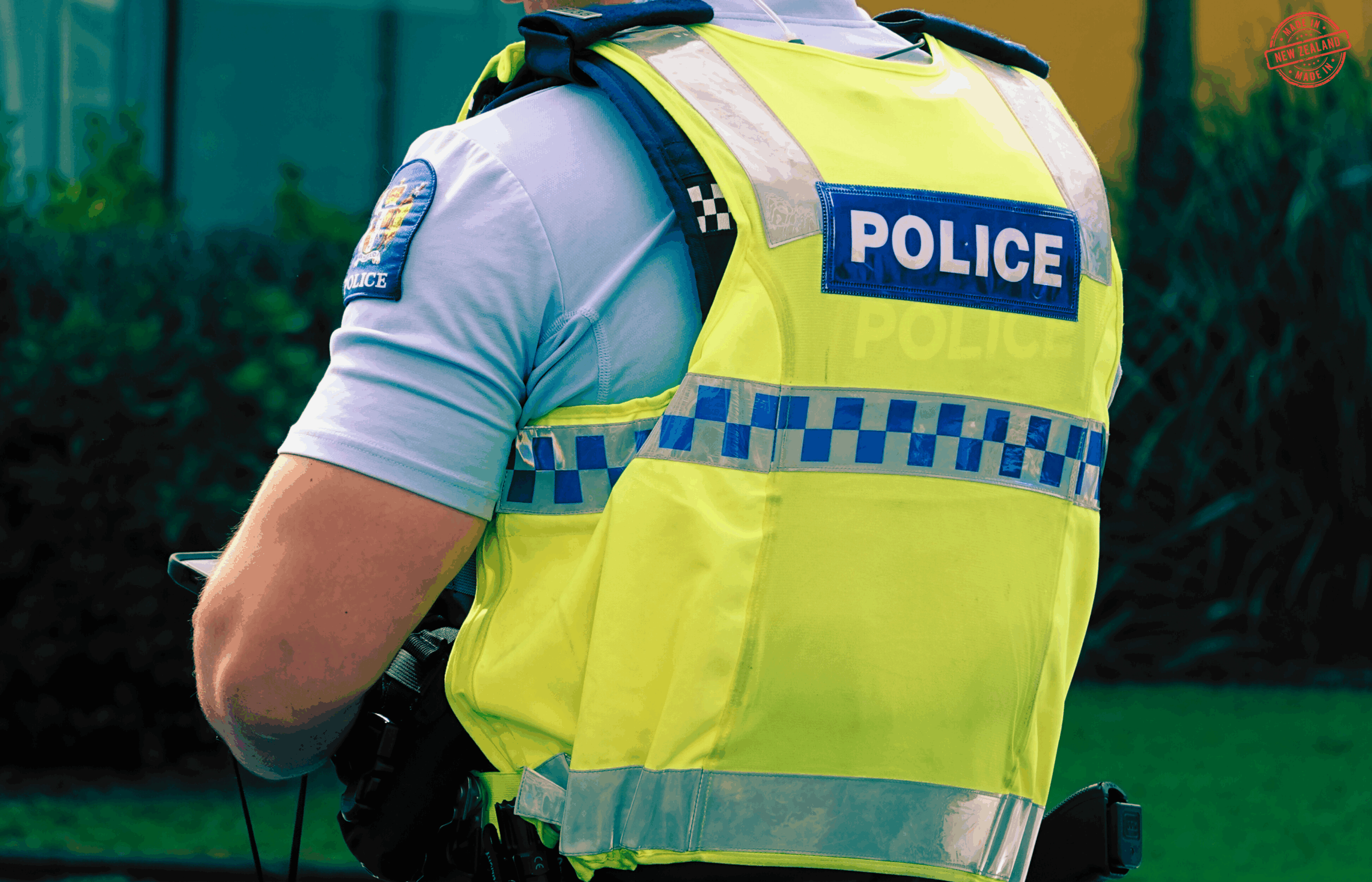
What are the visual requirements to join the Police in NZ?
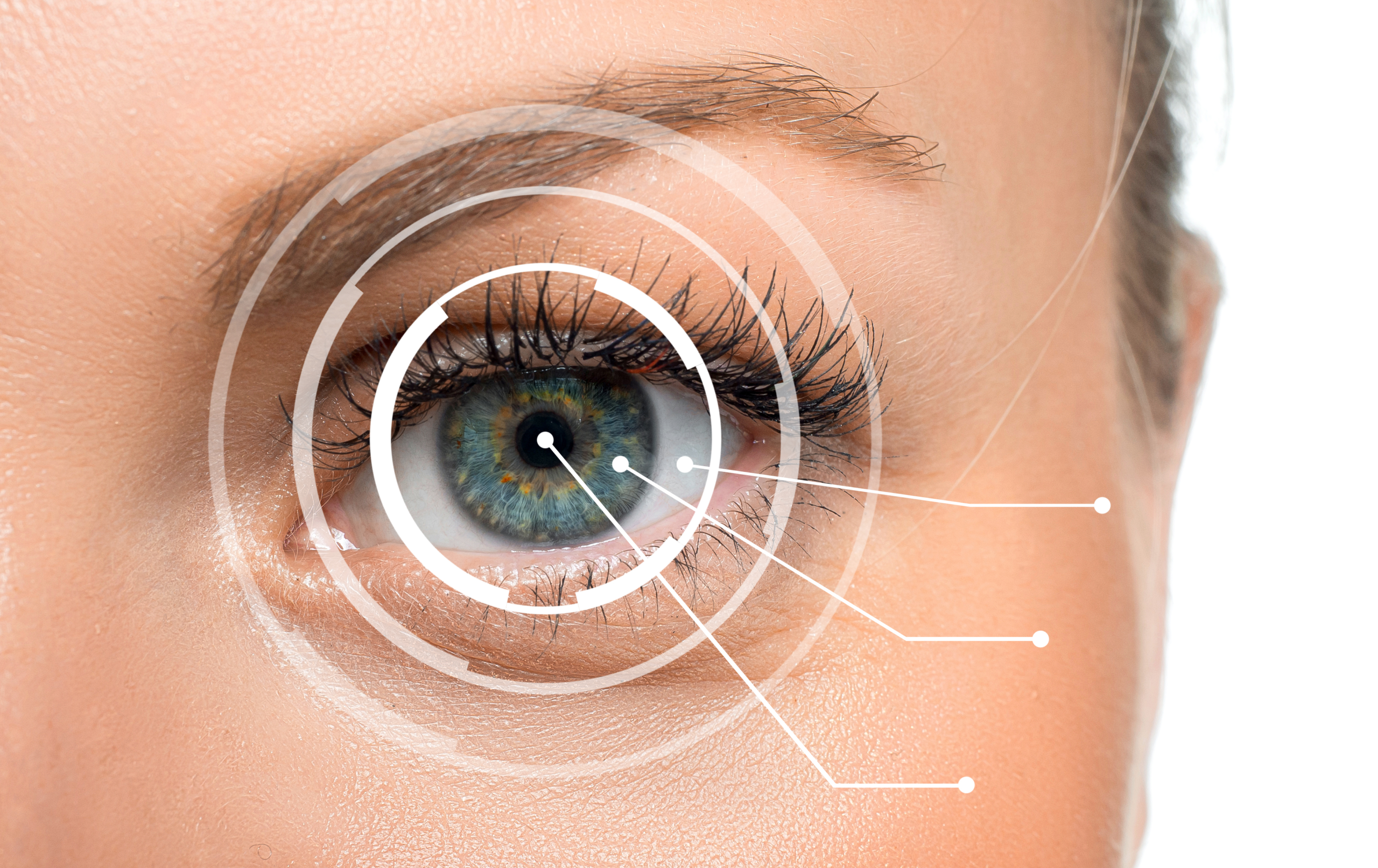
What Can Go Wrong During Your Laser Eye Surgery?
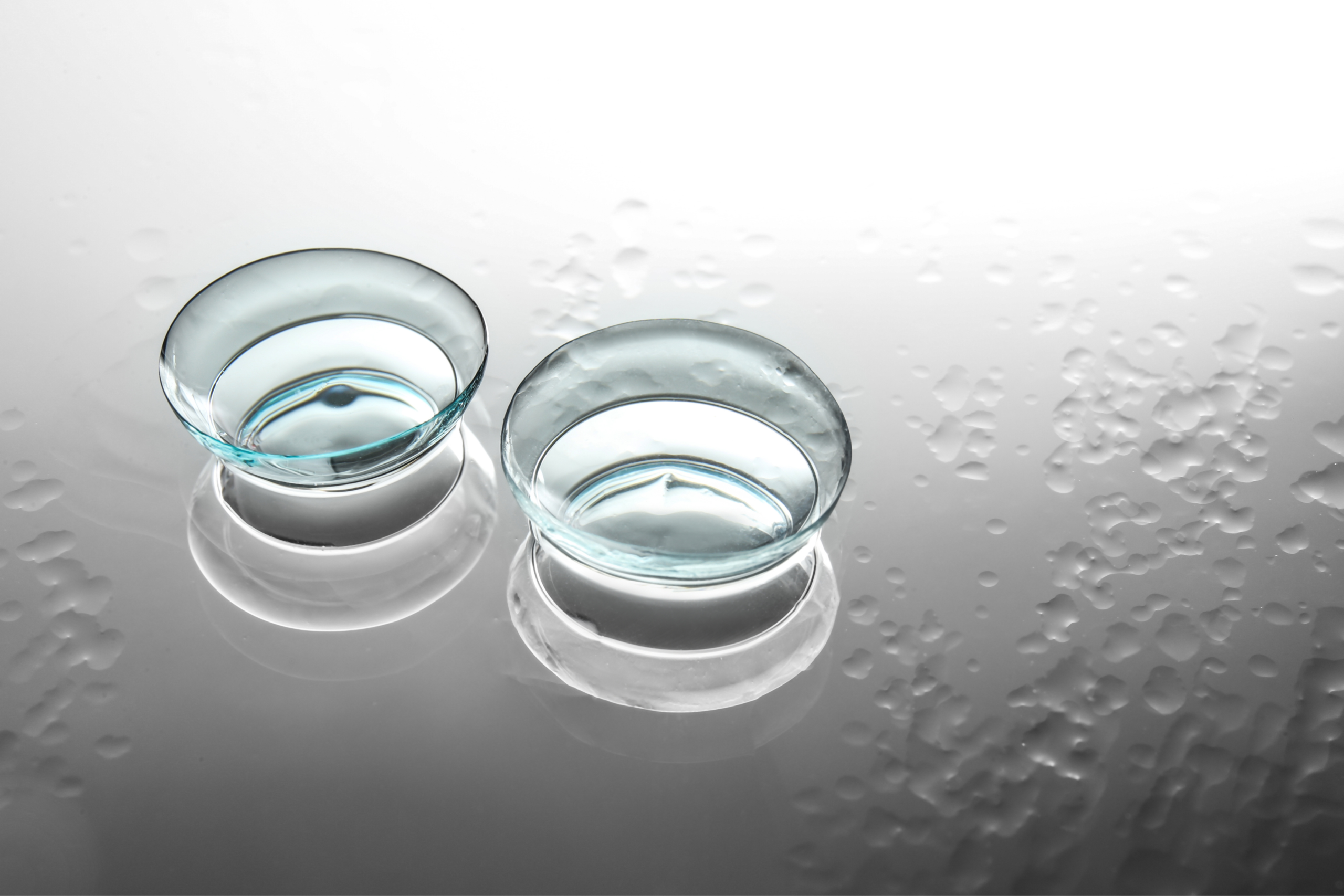
What happens when your vision after laser vision correction surgery is not what you expected?

Dr Andrew Logans Innovation Achievements
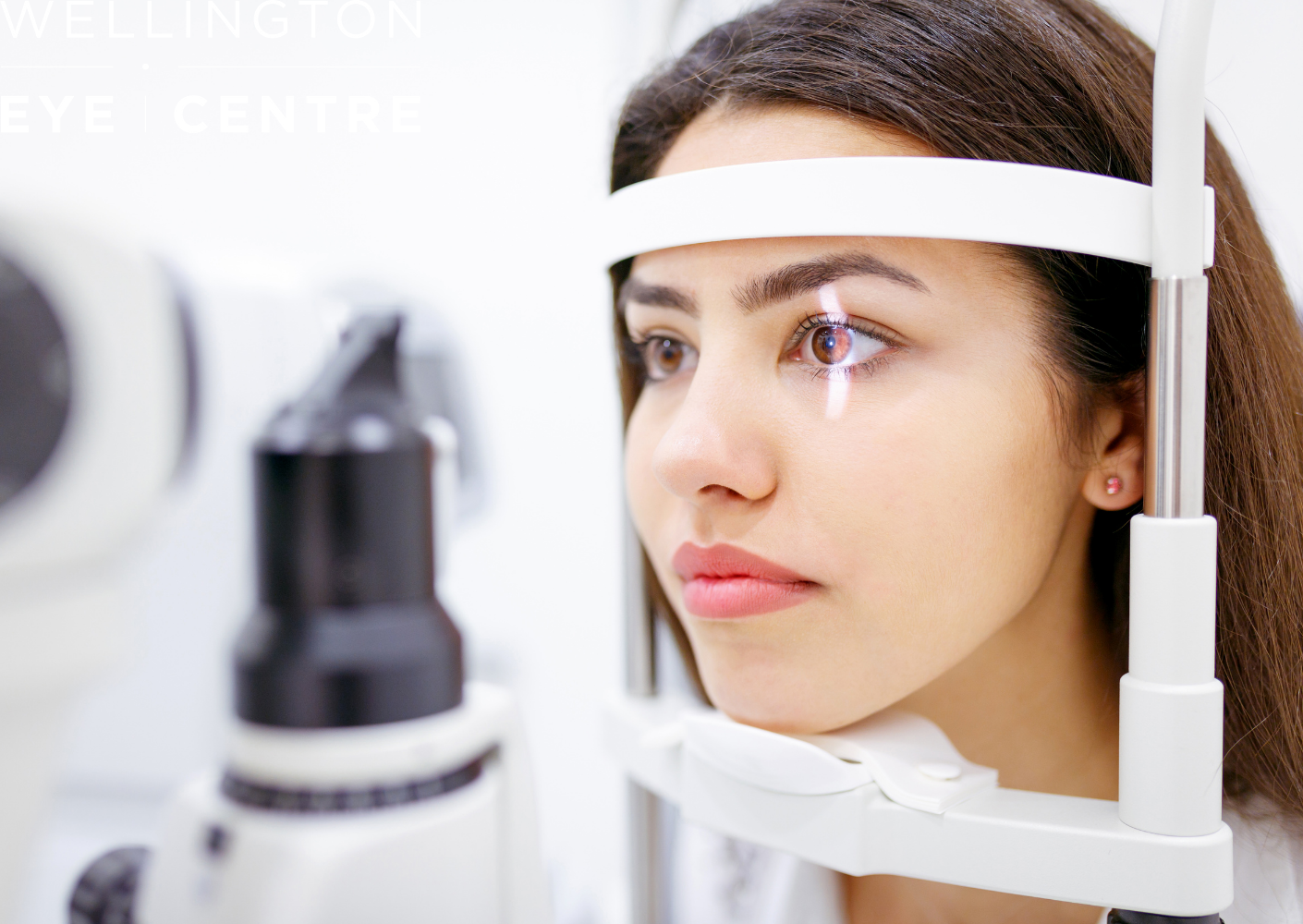
What to expect during your Laser Suitability Medical Assessment at Wellington Eye Centre
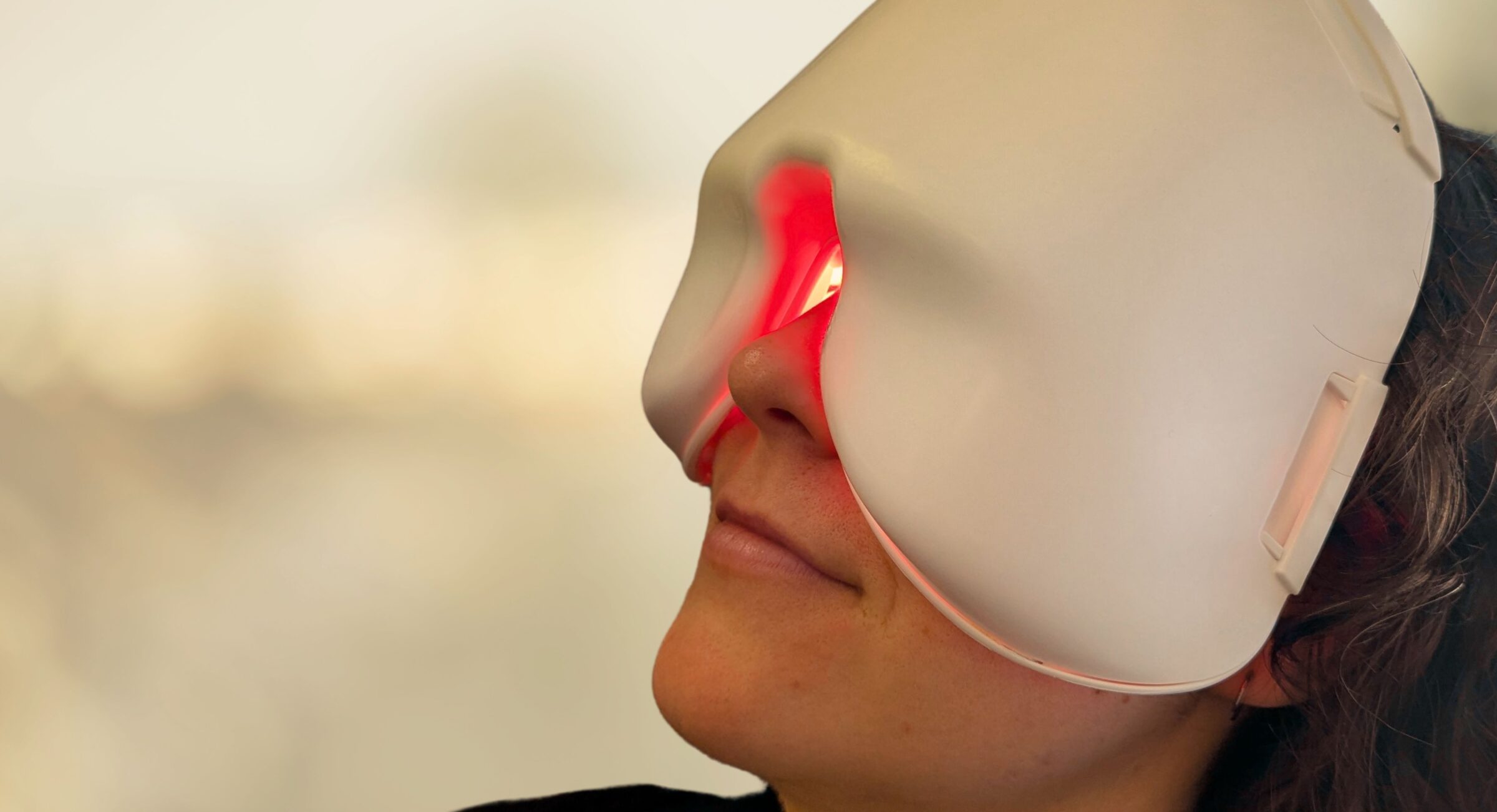
Low-Level Light Therapy for Dry Eyes

Common Medications Used in Laser Eye Surgery

Amblyopia and Laser Eye Surgery
